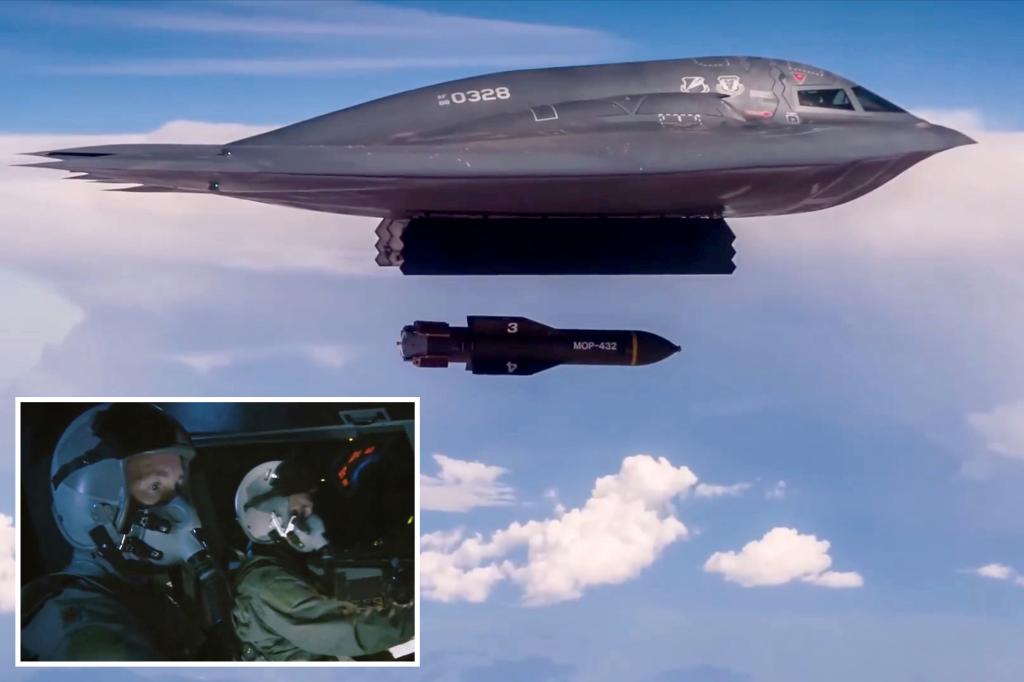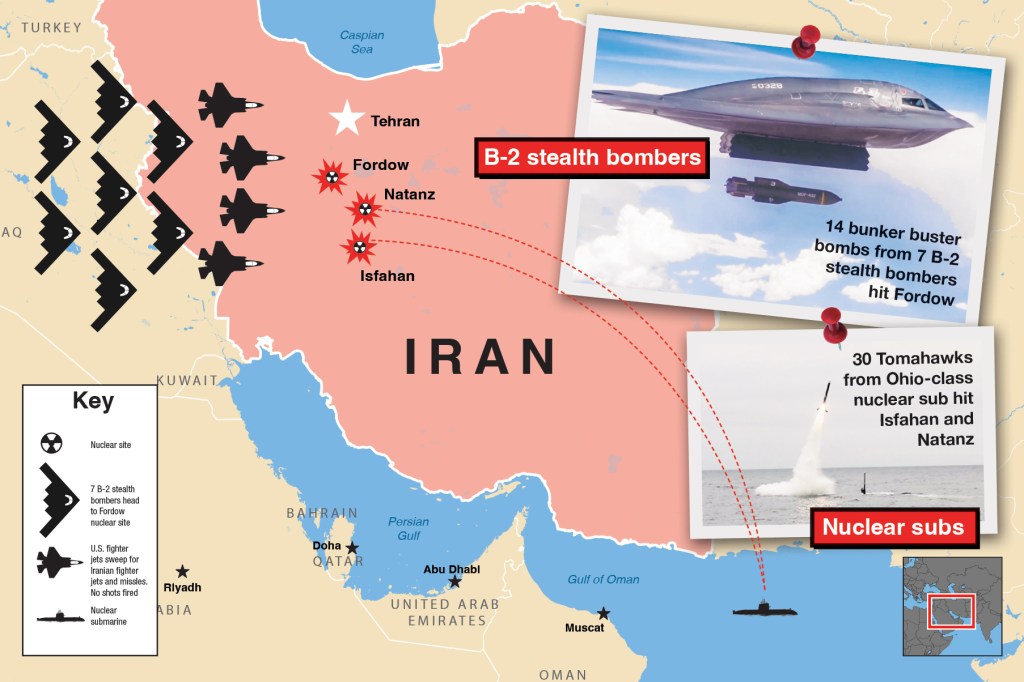The B-2 Spirit bombers that obliterated Iranian nuclear facilities in Operation Midnight Hammer were exposed to grave danger in the most pivotal moment during the 25-minute operation in airspace over the Islamic Republic.
The seven stealth bombers carried 14 30,000-pound GBU-57 “bunker buster” bombs for more than 18 hours after they were deployed from Whiteman Air Force Base in Missouri just after midnight and crossed the Atlantic Ocean and Mediterranean Sea to reach Iran.
But as pilots moved to drop their explosive payloads on three Iranian nuclear sites at 6:40 p.m. Saturday, the planes were at risk of losing their stealth capabilities and exposing themselves to enemy fire, The New York Times reported.
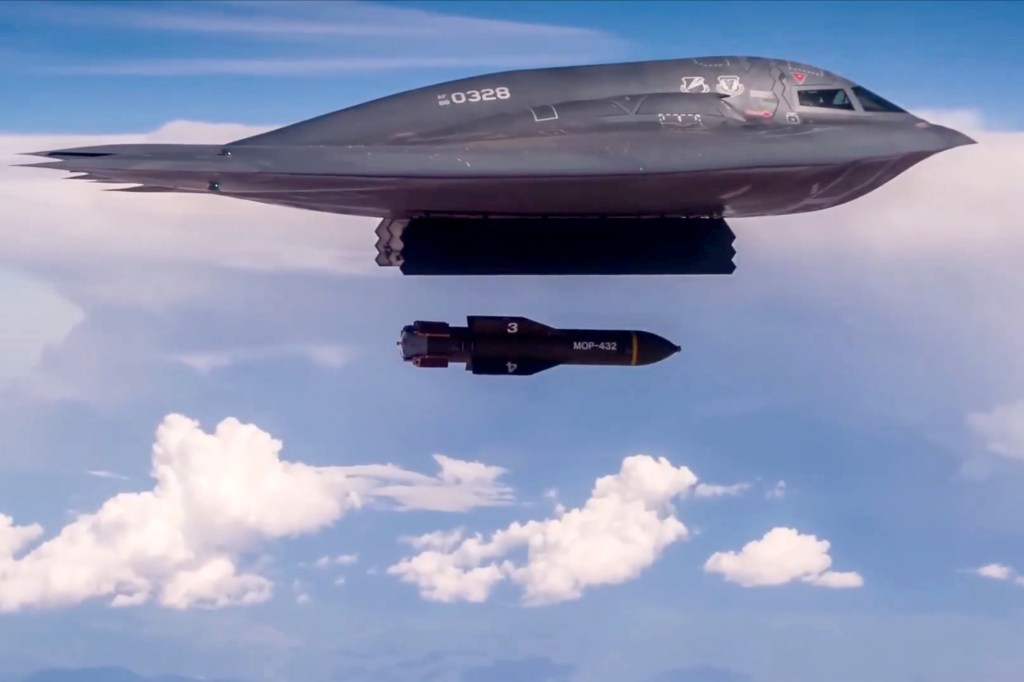
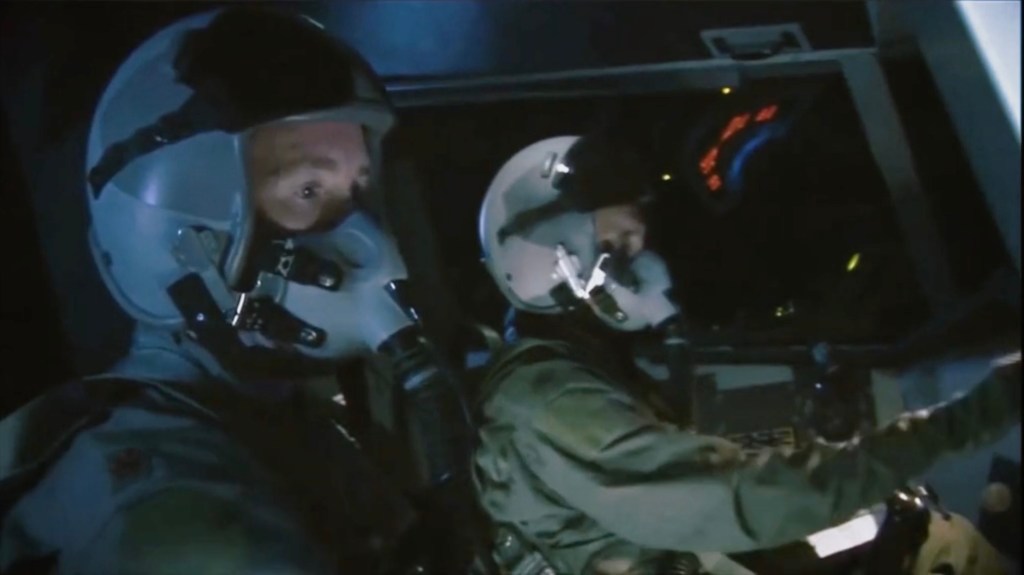
When the two-person crews released their weapons bay doors to drop the bombs, the shape of the stealth craft changed and made them more likely to pop up on Iranian radar — exposing the daring pilots to potentially deadly counterfire.
Experienced B-2 pilots told the outlet that the tense moment was punctuated by the aircraft quickly rising up into the air as it dropped the explosives, which weigh 15 tons apiece.
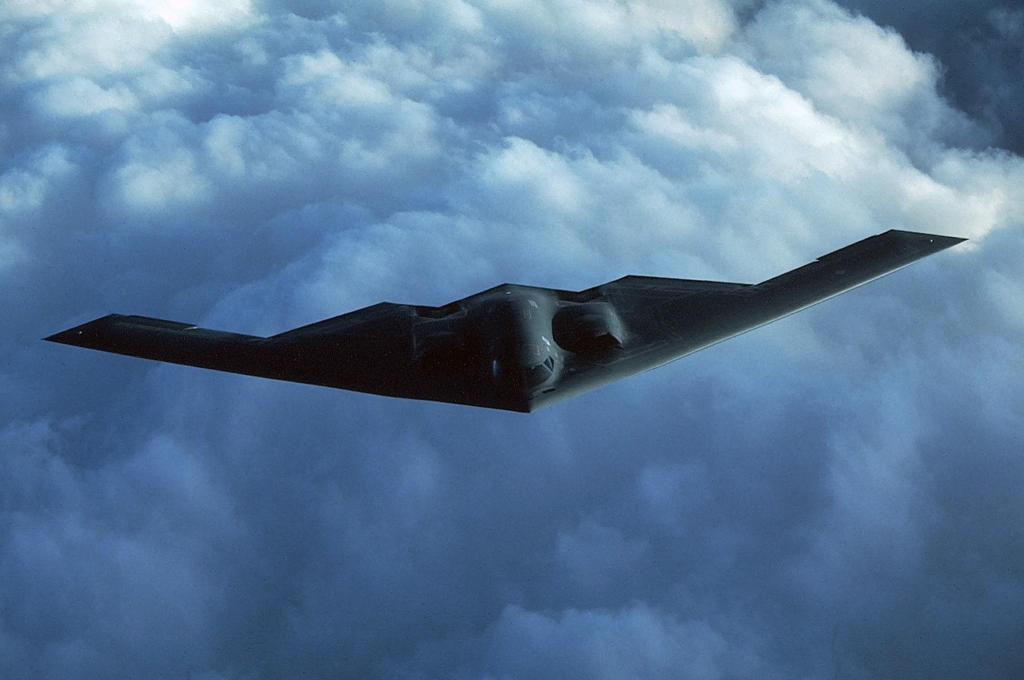
The ace pilots operating the B-2s on Saturday were able to navigate the risk and successfully hit their targets — the deeply embedded nuclear enrichment site Fordow, as well as facilities in Natanz, and Isfahan, which had previously been targeted by Israel.
US submarines further buttressed the attack with more than two dozen Tomahawk land attack cruise missiles that struck Isfahan.
US drops $500M bombs on Iran
- The US military dropped six “bunker buster” bombs on Iran’s Fordow nuclear enrichment plant Saturday night and on two other key sites.
- Prior to the airstrikes, Israel initiated extensive attacks on Iran’s nuclear infrastructure and military.
- Satellite images show how part of the mountain protecting the facility was completely obliterated.
- This marks the first time that the US used the 15-ton GBU-57 bunker buster bombs in anger.
- “Each and every member of the UN must be alarmed over this extremely dangerous, lawless and criminal behavior,” Iranian Foreign Minister Abbas Araghchi said following the attack.
The seven Spirits were then out of Iranian airspace by 7:30 p.m. on Saturday and on their way back to Missouri to complete the 37-hour non-stop flight.
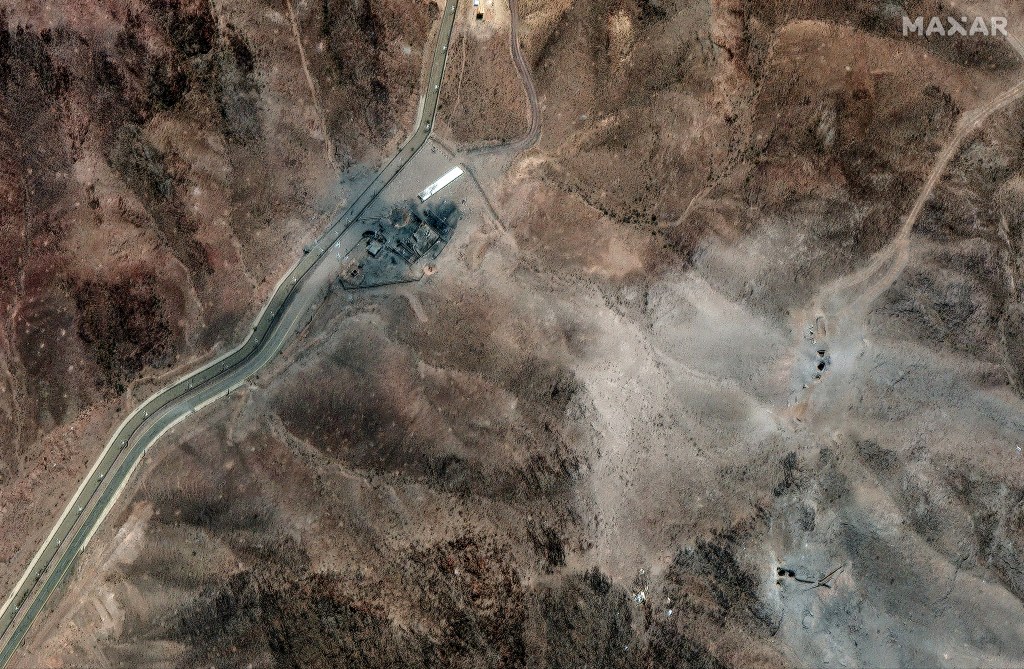
Pilots likely ran simulations of the difficult route in the days and weeks leading up to the actual bombing, the Times reported.
Those pilots did have some amenities on the Midnight flight — including a microwave, a refrigerator, and a bathroom.
The two-person crews also took turns lying down and resting — but both were required to be in the cockpit for take-off and all time spent in Iranian airspace.
As part of Midnight Hammer, the Trump administration launched a decoy convoy of B-2s to the Middle East by way of the Pacific Ocean, with a planned refueling in Guam.
The US Air Force has a fleet of 19 B-2 bombers, the most expensive plane in history, after losing one in a crash in 2008.
The post This was the single most dangerous moment for B-2 pilots during their Iran bombing raid appeared first on New York Post.
